
In a Nova Scotia research lab, the last hope for an ancient fish species
Racing against time, dwindling habitat and warming waters, scientists are trying to give this little-known...
B.C. Premier David Eby’s newly appointed cabinet is about to decide the fate of a handful of proposed projects, each of which comes with a slew of implications to biodiversity and climate.
While provincial ministers wrestle with the decisions, delegates from across the country and around the world are gathered at COP15, the United Nations biodiversity conference in Montreal. The aim of the conference is to secure government commitments to slow the global biodiversity crisis underway — the crisis is sometimes referred to as the sixth mass extinction and is the first to be human-caused.
How B.C.’s NDP government balances industry and economy with protections for at-risk species matters more than just to the animals and ecosystems directly impacted by proposed projects. It’s the proverbial beat of a butterfly’s wings: decisions made in B.C. have impacts felt far beyond. As politicians at COP15 make promises to conserve land and water for biodiversity, it remains to be seen whether their provincial counterparts will green-light projects that eat away at critical habitat and fuel the climate crisis imperiling species on a global scale.
The projects B.C. will soon need to make a call on include the Sukunka open-pit coal mine in the province’s northeast, FortisBC’s Tilbury liquefied natural gas expansion in the Lower Mainland, the Cedar LNG floating terminal in the northwest and a Port of Vancouver expansion in the Fraser River estuary.
In the lead up to the United Nations conference, Canada was criticized for allegedly putting its forest industry ahead of conservation after a leaked letter from the Canadian ambassador to the European Union asked the EU to put the brakes on proposed regulation on deforestation-free products.
Last year, the world watched as the largest act of civil disobedience in Canadian history unfolded in B.C. — more than 1,100 people trying to stop the logging of old-growth forests were arrested, many of whom were subsequently charged with criminal contempt.
B.C. also continues to approve logging permits in tracts of old-growth forest, home to one of the last viable caribou herds in the southern part of the province. And the provincial government has faced criticism for subsidizing industries like oil and gas, a sector that has had severe impacts on caribou habitat in the province’s northeast.
B.C. is negotiating a nature agreement with the federal government, a framework for how the two jurisdictions will work together to meet conservation goals. While the details are unknown, it could signal a significant step towards protecting the numerous threatened and endangered species living in the province’s forests, mountains, wetlands, rivers and ocean. But will the agreement do enough to protect the likes of endangered caribou and dwindling salmon populations?
Here’s what you need to know about four projects B.C. is about to green-light or kibosh — each with huge potential impacts on endangered species and ecosystems.
An open-pit coal mine called the Sukunka project, proposed by Swiss multinational resource company Glencore, would annually extract up to as much as six million tonnes of metallurgical coal — that is, coal burned to make steel. To get at all that black gold, the Canadian mining company would blast a remote mountain near Chetwynd on Treaty 8 territory in the northeast, stripping the surface of the mountain to get at the fossil fuel inside.
The proposed mine overlaps critical caribou habitat. The population of the Quintette herd is estimated at around 120 individuals, according to provincial data. A lot of government time and money has gone into restoration efforts, including culling wolves, replanting disturbed areas and signing an agreement with First Nations to set up an Indigenous Guardians program and, eventually, create a 206,000 hectare park. The 2020 agreement also established interim protections for 550,000 hectares of habitat — the proposed mine is inside those boundaries.
Not far away, after years of pleading with the province to take decisive action, two First Nations took matters into their own hands in a last-ditch effort to prevent neighbouring caribou herds from extirpation, or local extinction. Setting up a maternity pen on a remote mountain, West Moberley and Saulteau First Nations established a breeding program to nurse the population back from the brink.
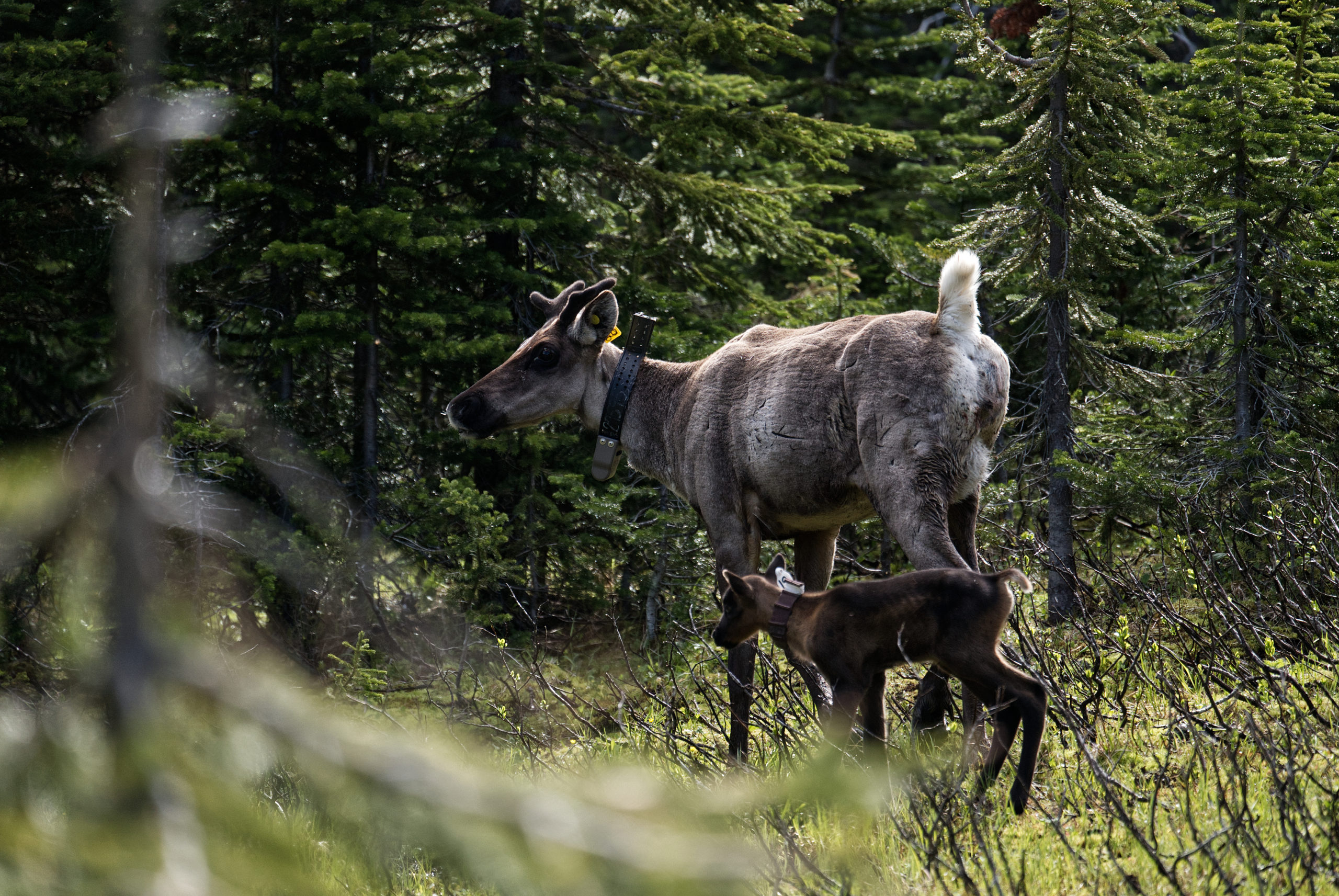
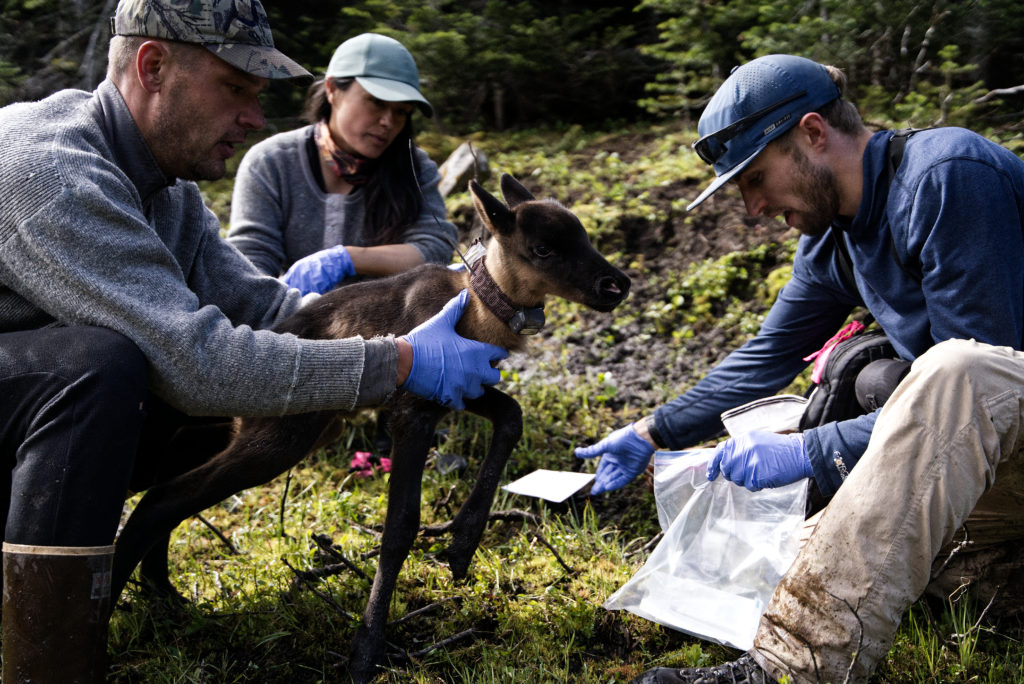
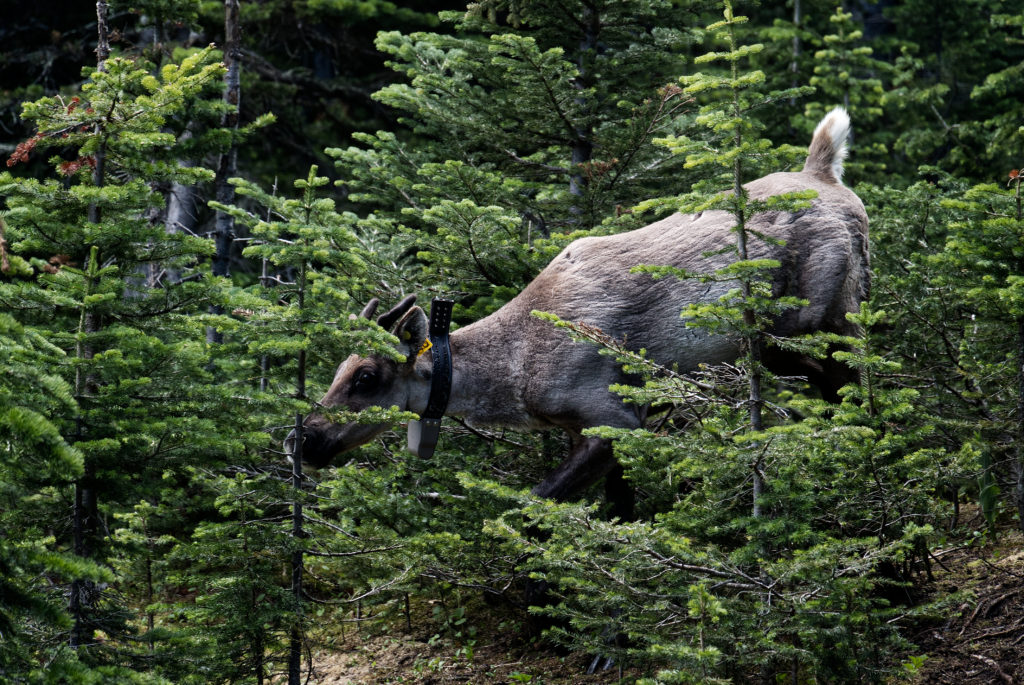
On Oct. 17, B.C.’s environmental assessment office referred the project to George Heyman and Josie Osborne, the ministers of Environment and Climate Change Strategy and Energy, Mines and Low Carbon Innovation, respectively. A decision was supposed to be made by Dec. 1, according to the requirements of the Environmental Assessment Act. But the province told The Narwhal the ministers can extend the deadline — retroactively.
“While the Environmental Assessment Act does require the ministers to make a decision within 45 calendar days, the act also allows this deadline to be retroactively extended so that ministers are able to take the time they need to thoroughly review the materials, seek additional information or carry out additional consultation,” a spokesperson wrote in an email. “We are not able to provide an estimate of the timeline for decision at this time.”
The proposed expansion of FortisBC’s Tilbury facility in the city of Delta would see the provincially regulated utility operator increase current production of liquefied natural gas (LNG) by more than 2.8 million tonnes per year. The expansion would also include building a new marine jetty in the Fraser River estuary, where salmon populations have been in steep decline for decades.
The jetty and the expansion are subject to separate environmental assessments, with the proposed jetty currently under review. Like Sukunka, the legislated deadline for decision has passed. The project’s environmental assessment was sent to ministers Rob Fleming, with the transportation ministry, and Heyman, with the environment ministry, on Oct. 11.
“For both the Sukunka project and Tilbury Marine Jetty project, the ministers are carefully reviewing the final assessment reports and supporting materials from the Environmental Assessment Office (EAO) before making decisions on whether or not the projects should be approved to proceed,” the spokesperson wrote.
The point of the expansion project, according to the company’s description, is to supply gas to overseas markets and provide fuel for ships travelling to and from the greater Vancouver area, while also increasing the amount of fuel kept on hand in case of local emergency.
But First Nations and others are concerned a local emergency could end up flooding the entire facility. Tilbury — and most of the city — sits on a floodplain protected by a complex system of dikes and drainage. Delta dodged the worst of last year’s catastrophic flooding but the city faces an estimated $1.9 billion to upgrade its system.
Neighbouring municipalities, including the City of Vancouver, oppose the expansion, on the grounds that an increase in gas extraction, liquefaction and export runs counter to the region’s climate commitments.
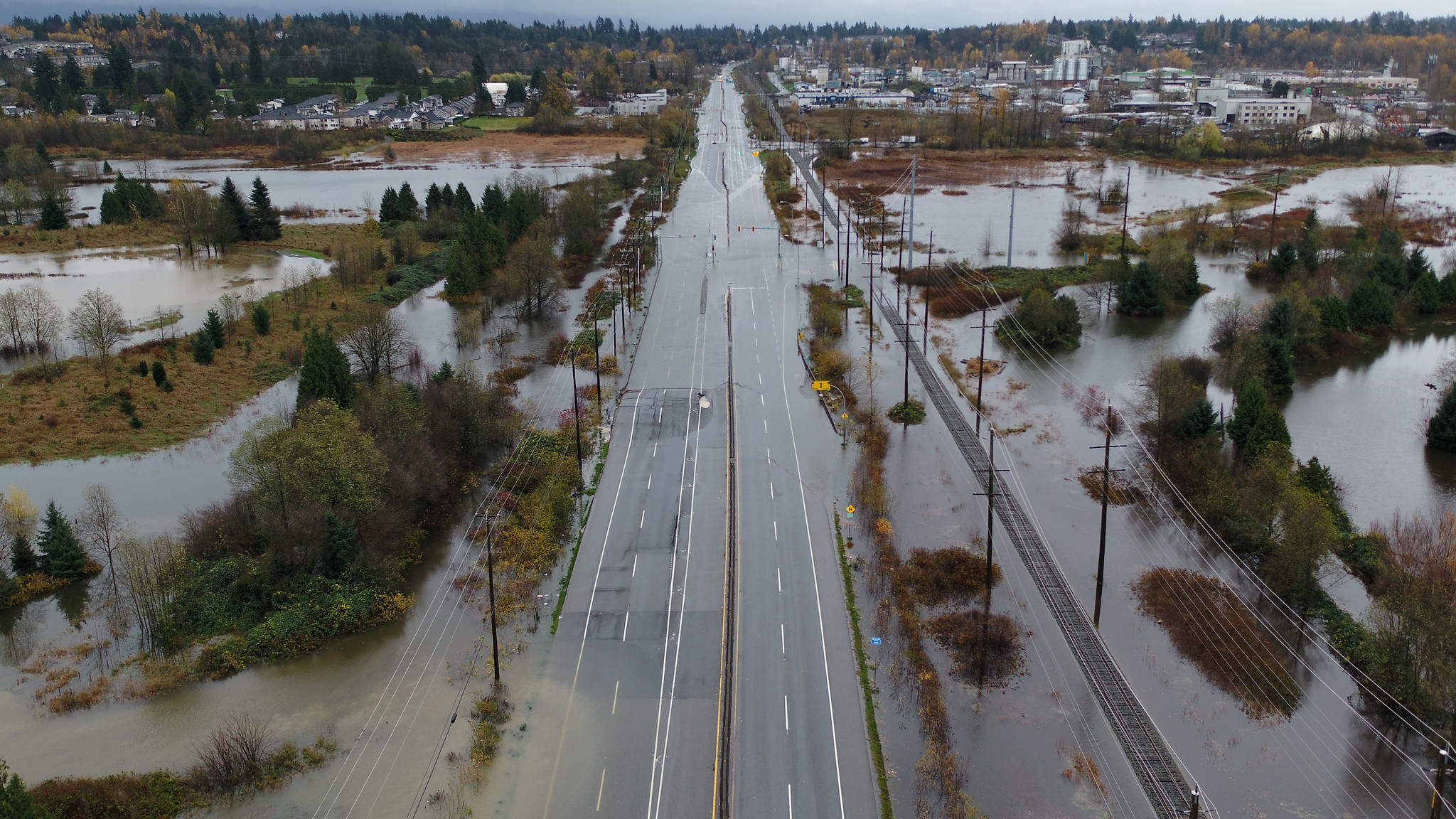
It’s unclear whether struggling salmon populations can survive more development in an already heavily impacted environment. Any additional declines in a keystone species like salmon has a ripple effect throughout the broader ecosystem. Chinook salmon are an important food source for endangered orcas. The orcas will also face additional threats if the project is approved. Sound pollution from marine traffic negatively impacts orcas and whales and collisions with ships regularly kill marine mammals — and the Tilbury expansion would bring hundreds more ships into the Fraser River estuary every year.
There’s a caribou connection as well: B.C. LNG comes from the northeast, where underground shale systems are fracked to free the gas. The whole region is heavily impacted by hydroelectric dams, forestry and oil and gas activity, which is how the Quintette and neighbouring herds ended up in such a precipitous position. Any increase in gas liquefaction on the coast means a corresponding increase in extraction — adding to habitat destruction and fragmentation.
The Haisla Nation, in partnership with Pembina Pipeline Corporation, is proposing to build and operate a floating liquefaction and export facility a stone’s throw from the LNG Canada project, currently under construction in Kitimat.
Cedar LNG would receive 400 to 500 million cubic feet of gas from the contentious Coastal GasLink pipeline daily, according to a project description. The facility would then cool the gas to -162 C, reducing it to around 0.2 per cent of its original volume for transport overseas. That works out to three to four million tonnes of LNG annually.
Like the proposed Tilbury expansion, the project would have upstream impacts to caribou habitat and other species as demand for fracked gas increases.
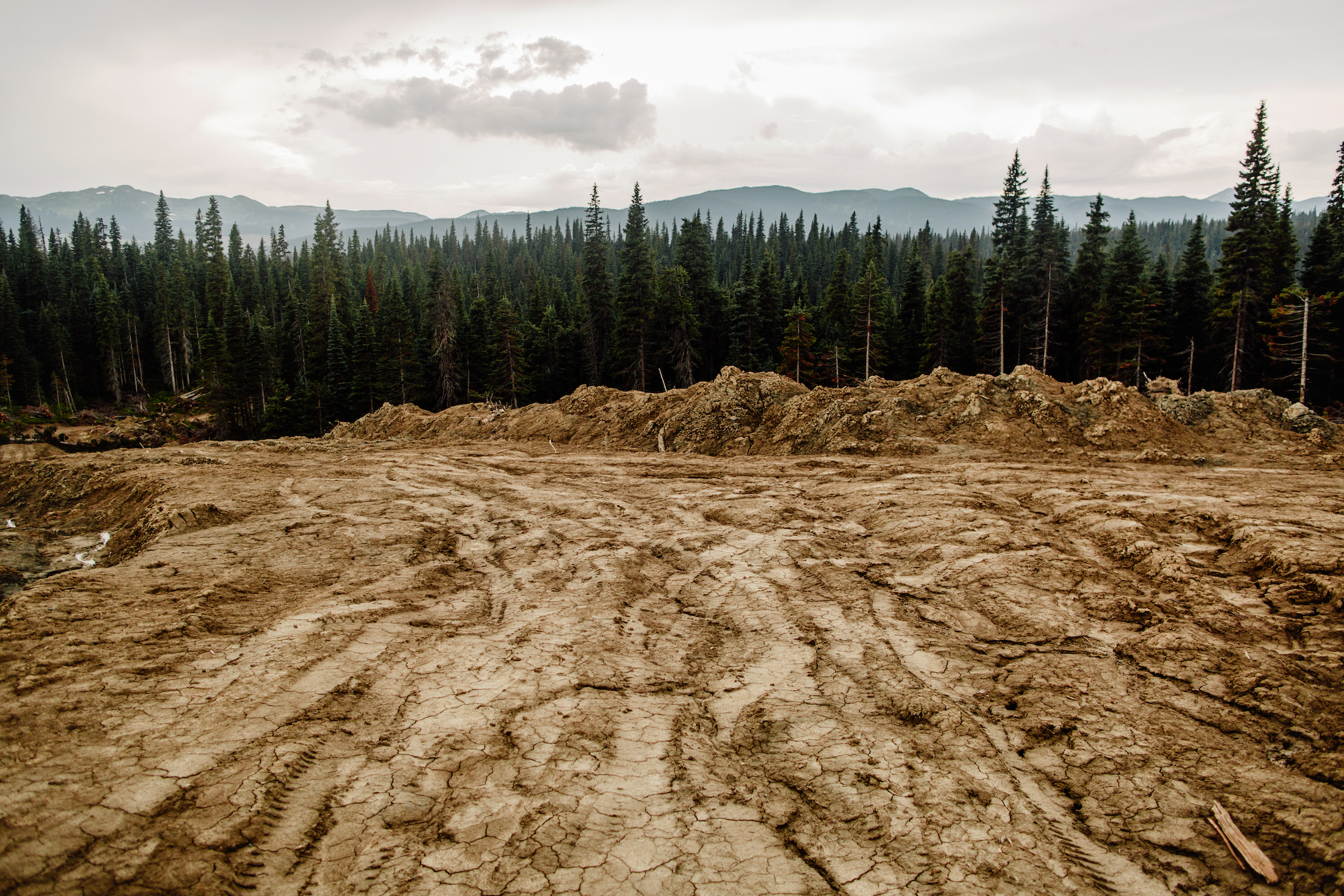
At the local level, Kitimat has seen decades of industrial development. The town was built in the 1950s to support a newly minted aluminum smelter, now owned and operated by Rio Tinto Alcan, a Montreal-based subsidiary of the global metals and mining giant. Rio Tinto is just one of several major industrial operations in the northern valley — and Cedar LNG is part of a new wave of projects proposed for the town.
“We’re really in the midst of this gold rush, this energy industrial boom,” Mike Langegger, president of the Kitimat rod and gun club, told The Narwhal in a previous interview.
Powered by turbines fed via a reservoir on the far side of a mountain range, the aluminum smelter’s operations have had major impacts on salmon and endangered white sturgeon in the Nechako River. Rio Tinto’s hydroelectric generation produces more power than it needs for the smelter, selling the surplus to BC Hydro. Two First Nations downstream of the Kenney dam have been fighting in the courts for years to have some of the excess sent back into the river system.
Cedar LNG’s plans are contingent on receiving power from BC Hydro. Earlier this year, responding to public concerns, the company said “it is this critical design decision that will enable Cedar to produce LNG with one of the lowest [greenhouse gas] intensities in the world. Cedar is actively working with BC Hydro, who has confirmed that it has sufficient electricity for the project.”
If approved, the project would lead to an increase in shipping traffic in the Douglas Channel, potentially impacting migratory behaviours of whales and fish. Cedar LNG has argued against these concerns, writing in a technical memo about the project “marine species within Kitimat Arm already experience shipping traffic (existing levels of underwater noise already periodically exceed the … threshold for sensory disturbance); therefore, movement patterns of marine species are likely already affected.”
According to legislated deadlines, ministers Heyman and Osborne, as well as federal Minister of Environment and Climate Change Steven Guilbeault, should hand down a decision about the project on Dec. 31.
A decision on a proposed expansion of the Port of Vancouver was expected this year, but citing the need for approval by both federal and provincial decision makers, the assessment review deadline was recently extended to Dec. 16, 2023.
The expansion would require building an artificial island in the Fraser River estuary and any unavoidable impacts to sensitive habitat would have to be offset by repairing or restoring other impacted areas in the watershed.
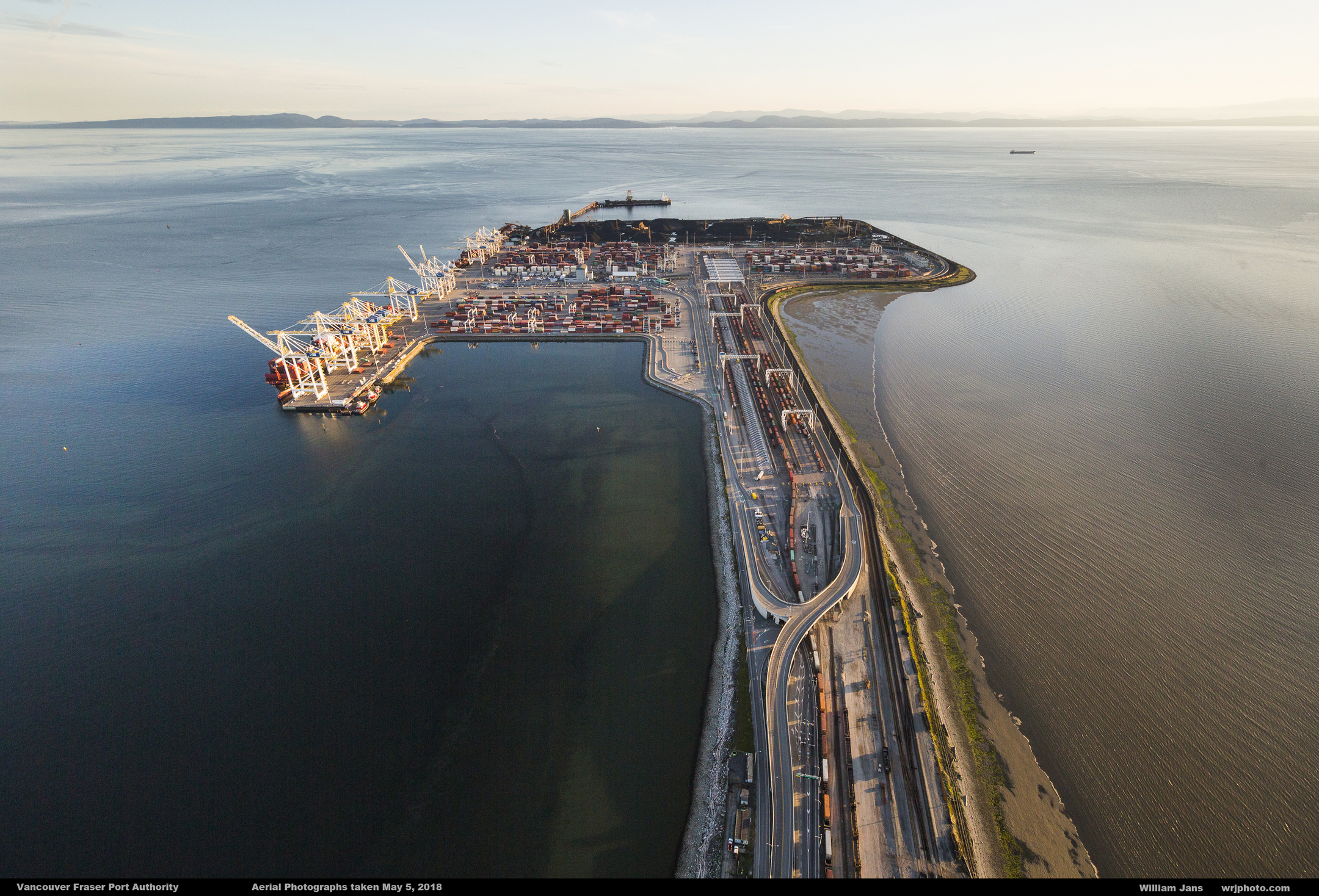
In February, a group of concerned scientists wrote a letter to federal Environment Minister Steven Guilbeault urging the government to reject the expansion.
“Even at a fraction of their former abundance, it is still the rearing and migration grounds for Canada’s largest runs of Pacific salmon,” they wrote.
The group honed in on probable impacts to Chinook salmon populations and endangered orcas.
“Due to the importance of Fraser Chinook to fisheries in both British Columbia and the United States, and their importance as primary prey for southern residents [orcas], Terminal 2 has implications for the persistence of these two significant transboundary species.”
Pointing out the incongruity of approving impacts to species and habitat, while also funding recovery efforts for threatened species, the group concluded, “if the conservation and recovery of Canada’s endangered and iconic wildlife species are a priority for the government of Canada (as previously stated), then the proposed Roberts Bank Terminal 2 project must be rejected.”
In previous email correspondence with The Narwhal, a spokesperson for the port authority said the federal Crown corporation is confident “the project can be built in a responsible way that protects and enhances the environment, brings lasting benefits to Indigenous groups and local communities, creates tens of thousands of high-paying supply chain jobs and supports economic resiliency.”
It argued the expansion of Canada’s busiest port is necessary in a report prepared for the federal ministry in September 2021.
“Federal and provincial governments have invested significantly in road and rail infrastructure that support the Port of Vancouver’s Roberts Bank terminals as a part of Canada’s west coast supply chain, but marine side capacity is urgently needed to support future trade.”
Get the inside scoop on The Narwhal’s environment and climate reporting by signing up for our free newsletter. On March 17, federal Conservative Leader Pierre Poilievre...
Continue reading
Racing against time, dwindling habitat and warming waters, scientists are trying to give this little-known...

From investigative reporting to stunning photography, we’ve been recognized with four 2024 CAJ Awards nods...

The Narwhal is expanding its reach on video platforms like YouTube and TikTok. First up?...
